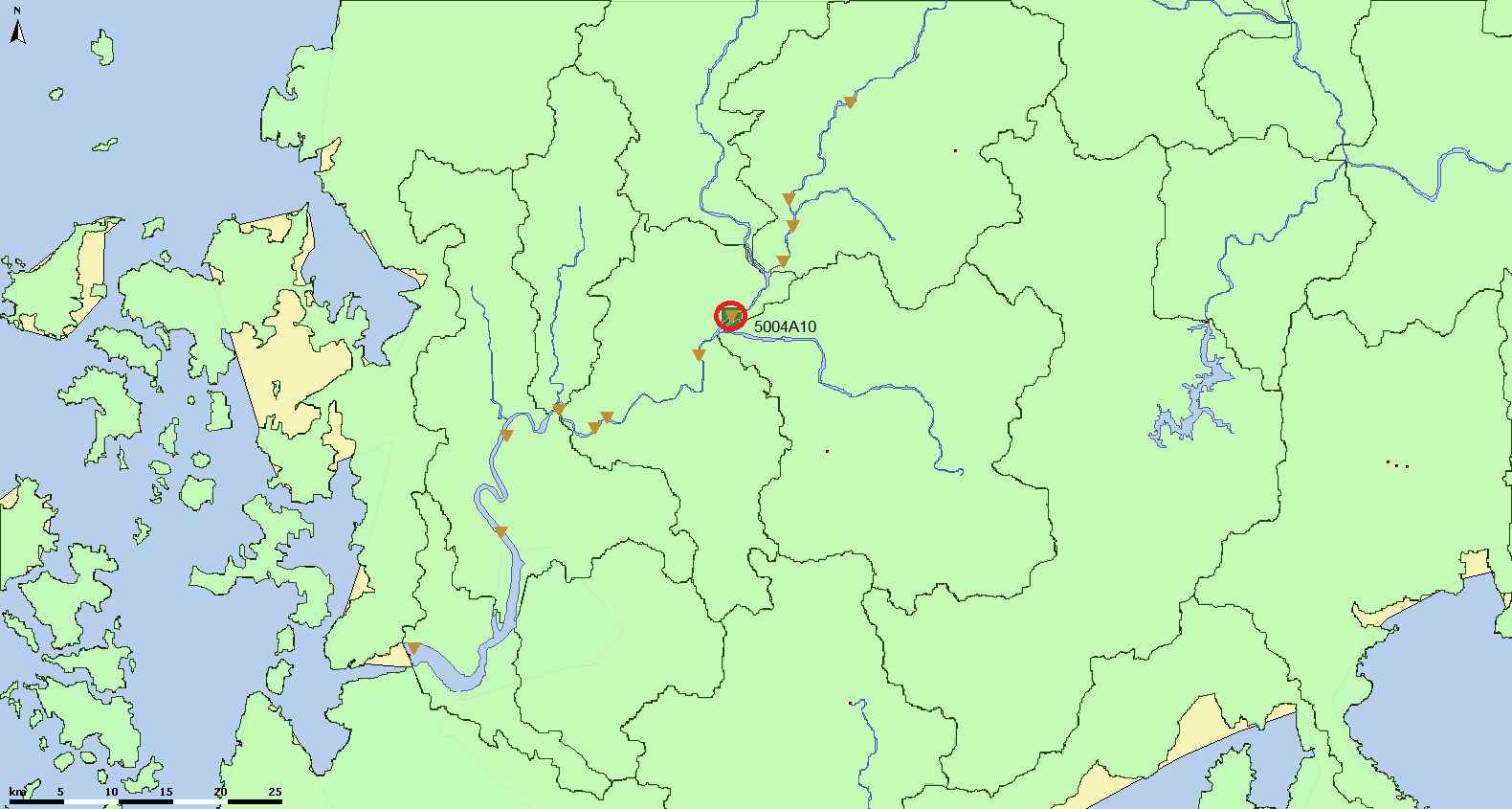This section presents a twin experiment aimed for getting more understanding about the data assimilation under an idealized situation. In reality, model noise as well as the true state of a system is unknown. One needs to make certain assumptions in order to apply a data assimilation technique. A twin experiment allows us to study the effect of various assumptions on the behaviour of a data assimilation system. The goal of this first twin experiment is to check if the data assimilation can improve the estimate of all model state variables for the Yeongsan EFDC model in an ideal case where all error statistics are known.
Data assimilation setting
Model state
The following variables are included in the definition of the state vector, being updated directly by the filter:
- Algal Cyanobacteria
- Algal Diatom
- Algal Green
- Refractory PO Carbon
- Labile PO Carbon
- Dissolved Phosphorus
- Phosphate
- Refractory PO Nitrogen
- Labile PONitrogen
- DissolvedONitrogen
- Ammonia
- Nitrate
- Dissolved Oxygen
Noise model
In this experiment, the model uncertainty is assumed to come from the a number of model input parameters at four locations (see red circles on the figure below). The noise processes for each parameter at each location are assumed additive, but in contrast to Twin experiment 1 using multiply operation, indepent from each other, and modelled by an AR(1) process with the following statistics:
- Algal Diatom: standard deviation 0.5 μg/L, correlation time 72 hours
- Algal Cyanobacteria: standard deviation 0.2 μg/L, correlation time 72 hours
- Algal Green Algae: standard deviation 0.2 μg/L, correlation time 72 hours
- Phosphate: standard deviation 0.05 μg/L, correlation time 72 hours
- Discharge: standard deviation 1.0 m3/s, correlation time 72 hours
- Global Radiation: standard deviation 10.0 W/m2, correlation time 24 hours
The above statistics apply for all the four locations.
Observation station
Synthetic observations are generated by running a stochastic model with the above mentioned noise specifications. One assimilation location is used (circled on the figure below) with four observed parameters: Algal Cyanobacteria, Algal Diatom, Algal Green, and Phosphate. When generating the synthetic observations and in the Kalman filter setting, a standard deviation of 0.1 μg/L is assigned to each of the three observed Algal parameters, for Phosphate a standard deviation of 0.01 μg/L is used. To be close to reality, we sample the synthetic observations with a period of seven days.
Data assimilation system
The experiment is performed using the operational forecasting system FEWS NIER. The systems makes use of OpenDA as its data assimilation suit.
The study period is the whole year 2015. The simulations are splitted into shorter simulations of 3 days; each simulation started from the previous run. The first run with T0=01-01-2015 00:00 (GMT+9) starts from T-10 days (21-12-2014 00:00 GMT+9).
In this experiment, an EnKF with 8 ensemble members is used, running on a machine with CPU 3.20 GHz and RAM 32 GB. The simulation took about 59 hours to finish (about 0.5 hour per 3 day interval).
Results
At assimilation station


